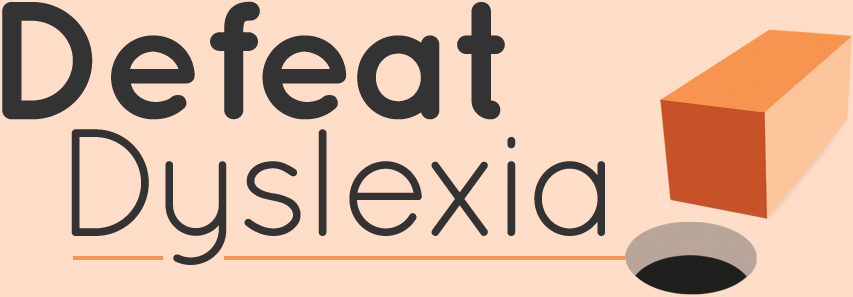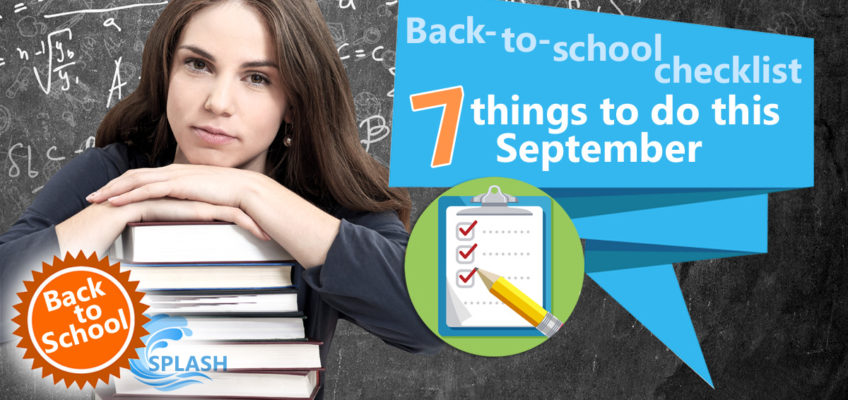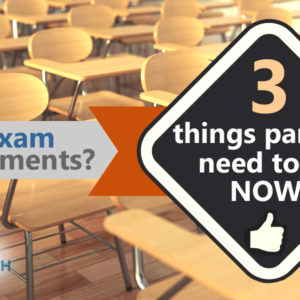Done everything you need to do for your child this September? Double-check with my quick checklist of back-to-school necessities.
1. Talk to your child about what would most help them in school
As a parent, you’ll have plenty of ideas about what might help, but it’s your child who knows best what will be of use.
School can feel like a drag, but there are plenty of things that can make it better – and your child may never voice their feelings if you never ask. Take a look at my 15 classroom adjustments checklist as a starting point.
2. Have a conversation with the class teacher
 Armed with the knowledge of what your child needs to succeed, have a chat with the teacher about classroom modifications. Simple changes are often all it takes to turn school into a better place for your child.
Armed with the knowledge of what your child needs to succeed, have a chat with the teacher about classroom modifications. Simple changes are often all it takes to turn school into a better place for your child.
3. Ask about small-group interventions
Targeted interventions in areas like reading, spelling, maths, phonics, handwriting, and memory can make all the difference in school. Discuss with the teacher which ones will most benefit your child this year.
4. Book a free eye test from a really good specialist optometrist
Many dyslexic children experience visual distortion when they try to read (even if they can’t put the sensation into words). If your child struggles with reading, it’s worth at least ruling out vision problems. Find out more in How to get a dyslexia eye test for free.
5. Make an appointment with the Special Educational Needs Coordinator (SENCo) or Head of Learning Support
In order to make sure your child gets special exam arrangements (e.g. extra time, laptop, scribe, reader, supervised rest breaks, etc.) come exam season, it’s important to establish these provision within their normal way of working.
This needs to be done from the beginning of the school year – not just a few weeks before exams. So get in touch with the learning support person in order to put measures in place now.
6. Email all teachers a summary of your child’s dyslexia report
Teachers rarely have time to read a whole dyslexia report
My suggestion would be to include the summary/conclusion from the dyslexia report, the best recommendations, and highlight some of the lowest scores (those under 85), so teachers understand your child’s weaknesses.
7. Book a meeting to check your child’s targets
Make sure that your child has a handful of carefully-targeted aims. The targets should be specific and achievable, and he or she should be actively working towards meeting them. It’s important to hold regular meetings with the school to review the targets and make sure your child is making progress.
Whew! Once you’ve checked off everything from the list, you can be sure you’ve got your child off to a good start this school year.
Missed anything from the Defeat Dyslexia Back-to-School splash? Check out the rest of my parent resources now.











Leave a Reply